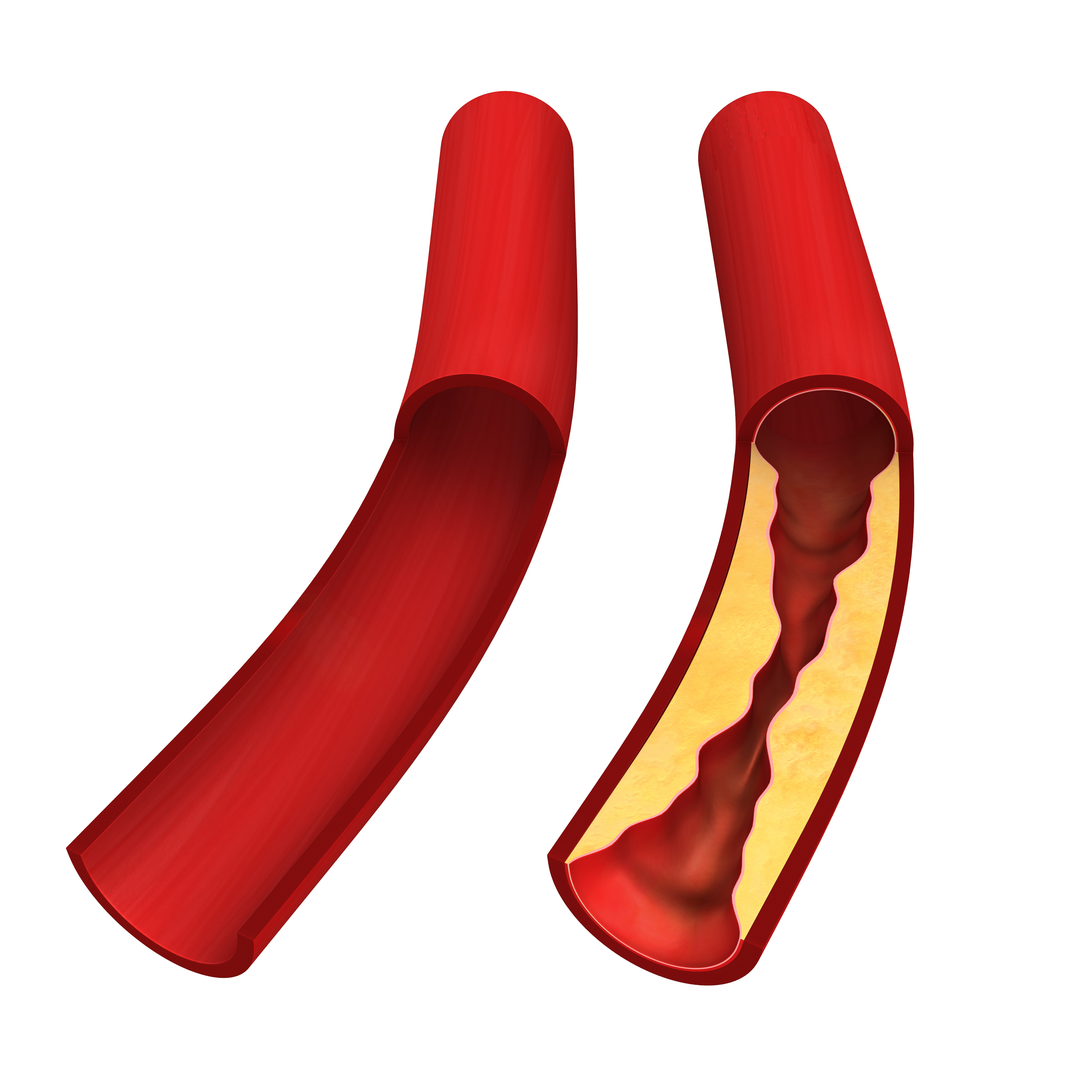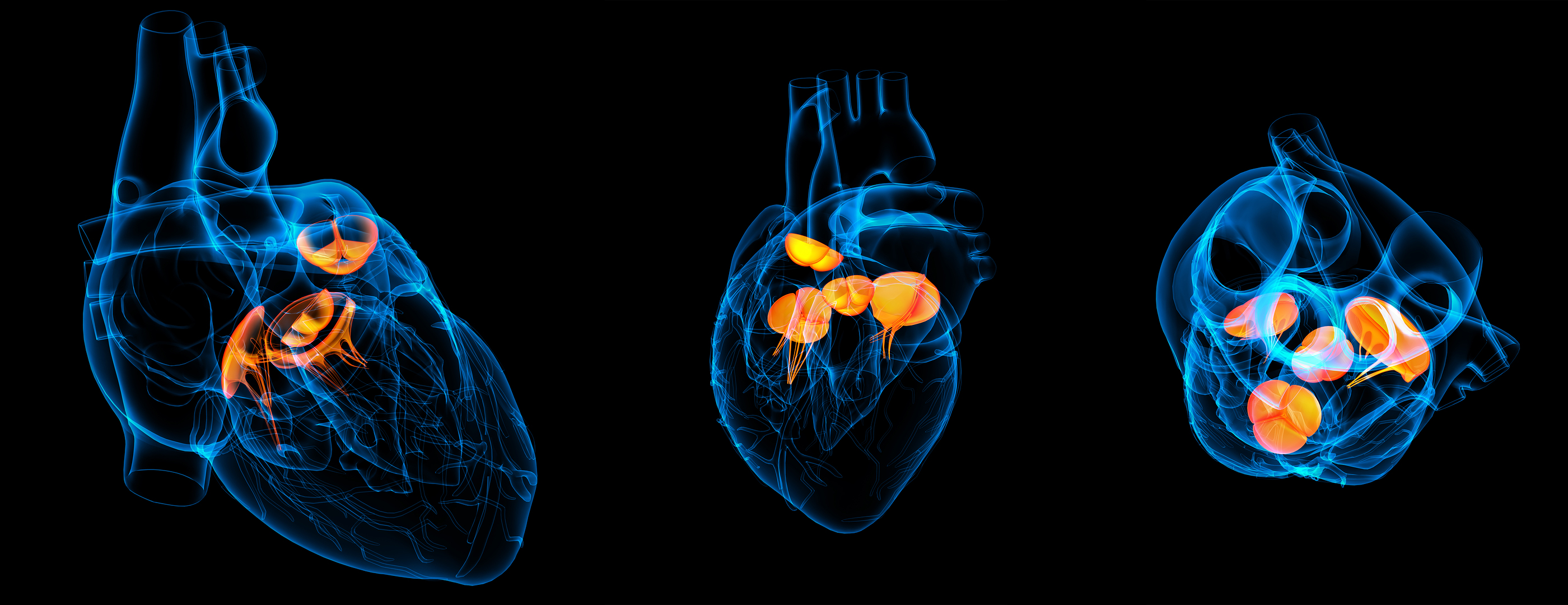A study led by Dr. Joo Myung Lee showed that noninvasive hemodynamic assessment can be used to enhance the identification of high-risk plaques that could subsequently cause acute coronary syndrome (ACS). The study published in JACC: Cardiovascular Imaging suggests that noninvasive hemodynamic assessment could be integrated into the current standard of practice to potentially improve identification of a culprit lesion in future ACS.
Coronary artery disease (CAD) can initially present as an ACS event or sudden cardiac death. Currently, CAD is one of the leading causes of death. Considering that the main underlying pathophysiology consists of the formation of a fibrous cap and a lipid core. Previous studies have shown that virtual histology ultrasound imaging including optical coherence tomography (OCT) can help predict the risk of ACS. However, this kind of technology has yet to be implemented due to unclear cost effectiveness and its invasive nature. Non-invasive imaging such as a computed tomography angiography (CTA) could potentially be used to identify high-risk plaques. The EMERALD (Exploring the MEchanism of plaque Rupture in Acute coronary syndrome using coronary CT Angiography and computationaL fluid Dynamics) study was used to evaluate the potential use of coronary CT and computational fluid dynamics (CFD) to identify high-risk plaques that led to ACS.
 [perfectpullquote align=”full” bordertop=”false” cite=”” link=”” color=”” class=”” size=””]“Noninvasive hemodynamic assessment enhanced the identification of high-risk plaques that subsequently caused ACS. The integration of noninvasive hemodynamic assessments may improve the identification of culprit lesions for future ACS.” – Dr. Joo Myung Lee, M.D., M.P.H., Ph.D.[/perfectpullquote]
[perfectpullquote align=”full” bordertop=”false” cite=”” link=”” color=”” class=”” size=””]“Noninvasive hemodynamic assessment enhanced the identification of high-risk plaques that subsequently caused ACS. The integration of noninvasive hemodynamic assessments may improve the identification of culprit lesions for future ACS.” – Dr. Joo Myung Lee, M.D., M.P.H., Ph.D.[/perfectpullquote]
Patients were retrospectively enrolled if they had an ACS and had undergone CTA 1 month to 2 years before the cardiac event. In these patients, the culprit (66) and non-culprit (150) lesions were identified. The presence of adverse plaque characteristics and hemodynamic parameters (including fractional flow reserve (FFR), change in FFR across the lesion, wall shear stress (WSS), and axial plaque stress) were assessed. Cut off values for each of the measured parameters were then identified and included in various models (Model 1: percent diameter stenosis and lesion length, Model 2: model 1 + axial plaque stress, Model 3: Model 2 + adverse hemodynamic characteristics). The presence of adverse hemodynamic characteristics was identified based on cut off values in this population.
As compared to non-culprit lesions, culprit lesions had a higher percent of diameter stenosis (55.5 ± 15.4% vs. 43.1 ± 15.0%; p < 0.001) and a higher prevalence of adverse plaque characteristics (80.3% vs. 42.0%; p < 0.00). Additionally, culprit lesions had lower FFR, a greater change in FFR across the lesion, more wall shear stress and axial plaque stress than non-culprit lesions (p<0.01). Among the three models, model 3 showed that highest discrimination index (0.789 vs 0.747, model 3 vs model 2, p = 0.014) and reclassification ability (p = 0.047, vs model 2). Lesions with both adverse plaque characteristics and adverse hemodynamic characteristics showed a higher rate of ACS than those with neither of the two (HR 11.75, 95% CI 2.84-48.51, p = 0.001) and with either of the two (HR 3.22, 95% CI 1.86-5.55, p <0.001).
The investigators found that noninvasive hemodynamic assessment enhanced the identification of high-risk plaques that had the potential of progressing to ACS. The investigators used cross-validation to help validate the findings and found that the results were consistent with their initial analysis. Of note, lesions with both adverse plaque and hemodynamic characteristics were more likely to progress to ACS as compared to have none or either of the two. However, imaging does have its limitations. Only a small proportion of patients with abnormal plaque characteristics may progress to full-blown ACS. Additionally, it is important to note that the controls in the study were the other lesions identified in patients with ACS (and not patients with lesions who did not end up having ACS). Using an internal control may end up influencing the results and lead to an erroneous conclusion. Ultimately, the investigators highlight the potential use of noninvasive imaging in identifying patients at a higher risk of ACS. This could have significant implications in the way risk assessment is carried out in the future.





